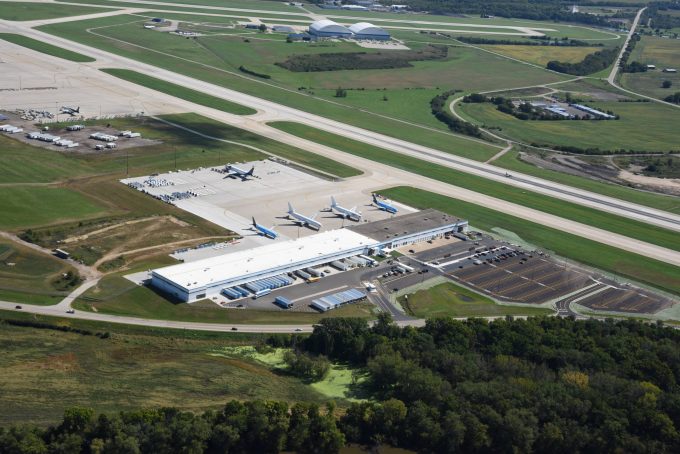UPS talks to lots of customers – outlook? Impossible. Later? Who knows?
UPS SCS – not a pretty sight

Forwarder-controlled airfreight and the lack of belly capacity is boosting demand for cargo airports, with Chicago Rockford (RFD) enjoying accelerated success.
As a result, the Amazon and UPS hub is to start building a cargo community platform and adding a multinational handler in its aim to become the “highest-quality cargo airport in North America”.
Business has been brisk at the (mainly) cargo airport, located 68 miles from Chicago, and the area is starting to attract major BCOs looking for freighter transport.
It has ...
Ecommerce air traffic to US set to grind to a halt as de minimis exemption ends
Maersk u-turn as port congestion increases across Northern Europe
Apple logistics chief Gal Dayan quits to join forwarding group
Widespread blanked sailings stave off major collapse of transpacific rates
Transpac rates hold firm as capacity is diverted to Asia-Europe lanes
Houthis tell Trump they will end attacks on Red Sea shipping
Airlines slash freighter capacity post-de minimis, but 'the worst is yet to come'
MSC revamps east-west network as alliance strategies on blanking vary

Comment on this article